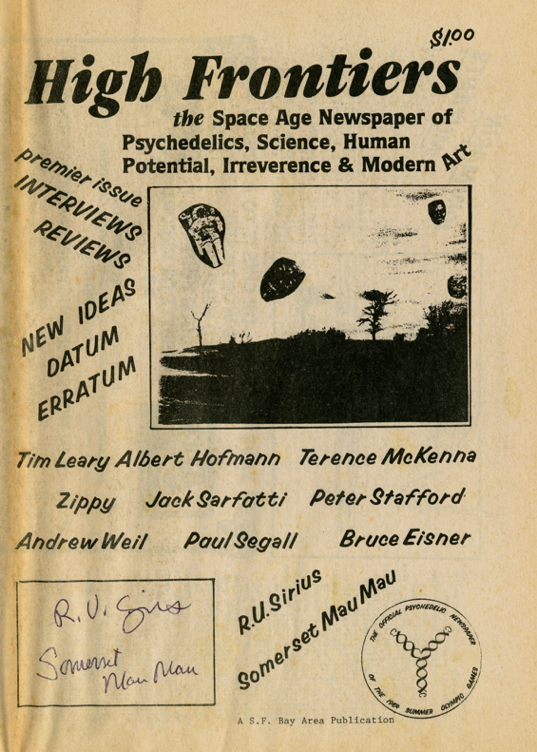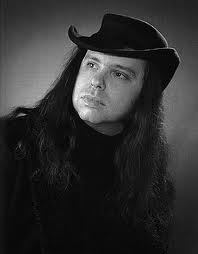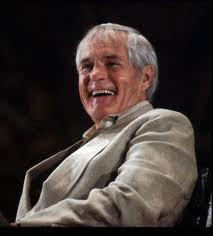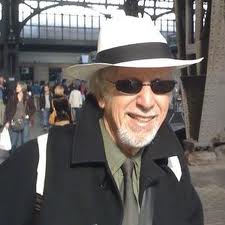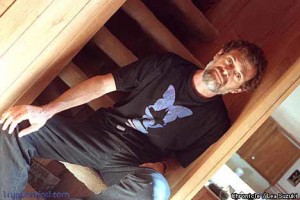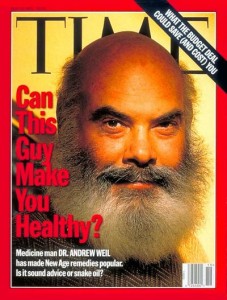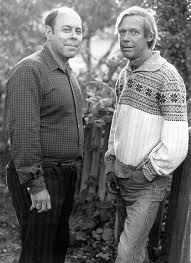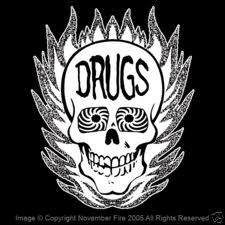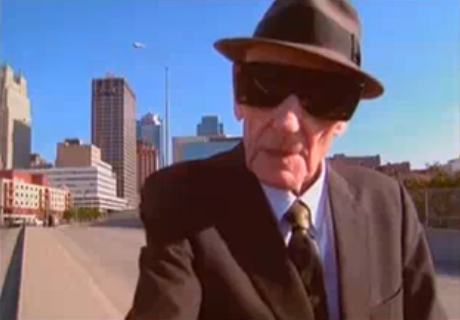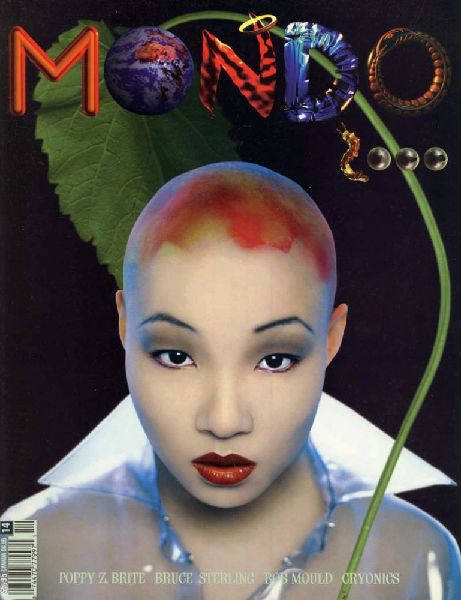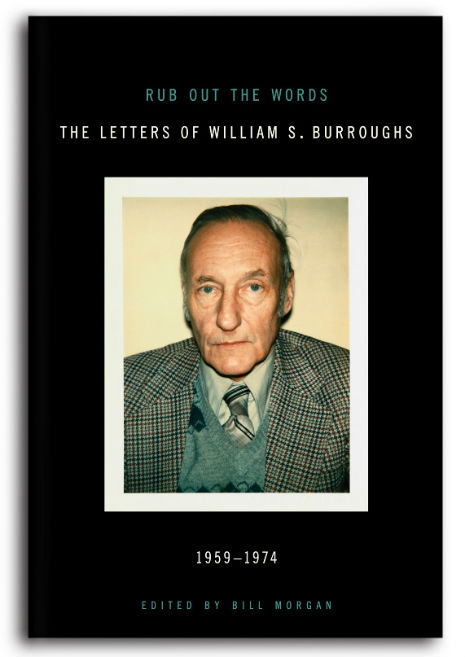First Glimpse Of MONDO 2000 History Project Archives: Complete Issue #1 Of High Frontiers (MONDO 2000 History Project Entry #39)
The following is a rough draft excerpt from Chapter Six — titled “Funky Punky Acid Rag” of the book in progress, Use Your Hallucinations: MONDO 2000 In Late 20th Century Cyberculture along with a link to the first glimpse of the MONDO 2000 History Project archives, being organized by the Internet Archive.
We did a really ratty first issue of High Frontiers… with a lot of different type sizes. A very funky on-the-cheap layout. There was a lot of text, because I had transcribed these long interviews with psychedelics heroes, so some of it wound up being in absurdly tiny type that made the New York Times look like a children’s book by comparison.
For visuals, we started clipping these old black and white pictures that looked like they were ads out of the 1950’s Reader’s Digest or Life Magazine. I think that was Mau Mau’s move. We did it entirely because it made us giggle. I was also aware that these sort of recontextualizations of corny 1950s/60s graphics had been used in beneath-the-underground publishing. I’m sure Mau Mau had seen that in places also. I particularly associated it with the dadaists. So we used these silly images in ways that almost mocked the subjects that we actually respected, which I thought was an acceptable way to carry on amongst the hip.
On one inside page, we advertised ourselves as running for President (me) and Vice President (Mau Mau) in the 1984 election under the moniker of the NeoPsychedelic Pop Party. Unlike my eventual 2000 candidacy, there was no plan for any follow through — it was a total put on as compared to mostly a put on. Mau Mau came up with the best slogan: “Somerset Mau Mau: The Peace Candidate. ‘Vote for me and nobody gets hurt.’â€Â I’ve wanted to steal that line ever since.
Perhaps the most outrageous and dangerous aspect of that page and, in fact, the entire edition — dangerous at least to my future career amongst counterculture celebrities — came about as the result of something Lisa, the girl I moved to California with, had done. One day I’d brought home an edition of a free local paper called Poetry Flash that had this smallish photo of William Burroughs on one of the pages. Lisa cut out the photo and drew an apple on Burroughs’ head… which I thought was just hilarious. (Lisa had been famous as the fiery campus feminist… but this was done more in humor than anger.) Anyway, I had that and we added it to the  NeoPsychedelic Pop Party collage.
Looking back, I was very naïve about how irreverent you could be towards irreverent countercultural celebrities who were themselves irreverent. There’s a certain inevitable degree of dishing it out but not taking it in that game. Not that I ever got into trouble with the Burroughs camp over it. I don’t think they ever saw that first issue. But it’s definitely something I would have thought twice about a few years later. I’m sure James Grauerholtz (Burroughs’ personal assistant and watchdog) would have freaked.
We finished the issue. I really didn’t give much thought to the visual aesthetics, other than knowing that it was raw and punk. I just thought we were issuing forth a new revolutionary sensibility… that the combination of ideas was so amazing and stunning and timely that it would set the world on fire, starting in the Bay Area.
We’d barely talked about the money we needed to publish the thing. We took it to a local printing press… the Pacific Sun actually ran a printing business… and I think the guy gave us a good price. I still remember him being amused by our enthusiasm and total lack of a business plan. I remember getting money from Terence McKenna and that Mau Mau borrowed money from an uncle. I don’t even remember if I put in any money. I probably put in my $400.

